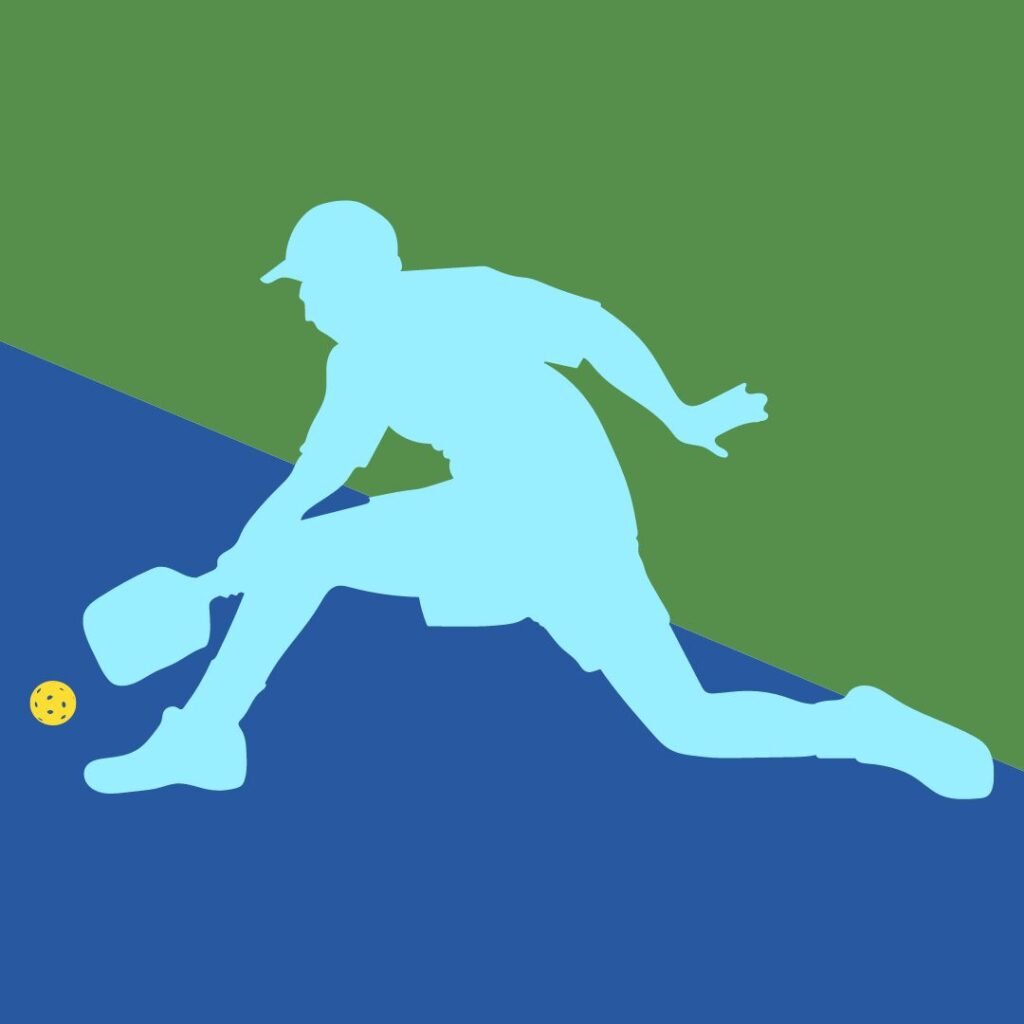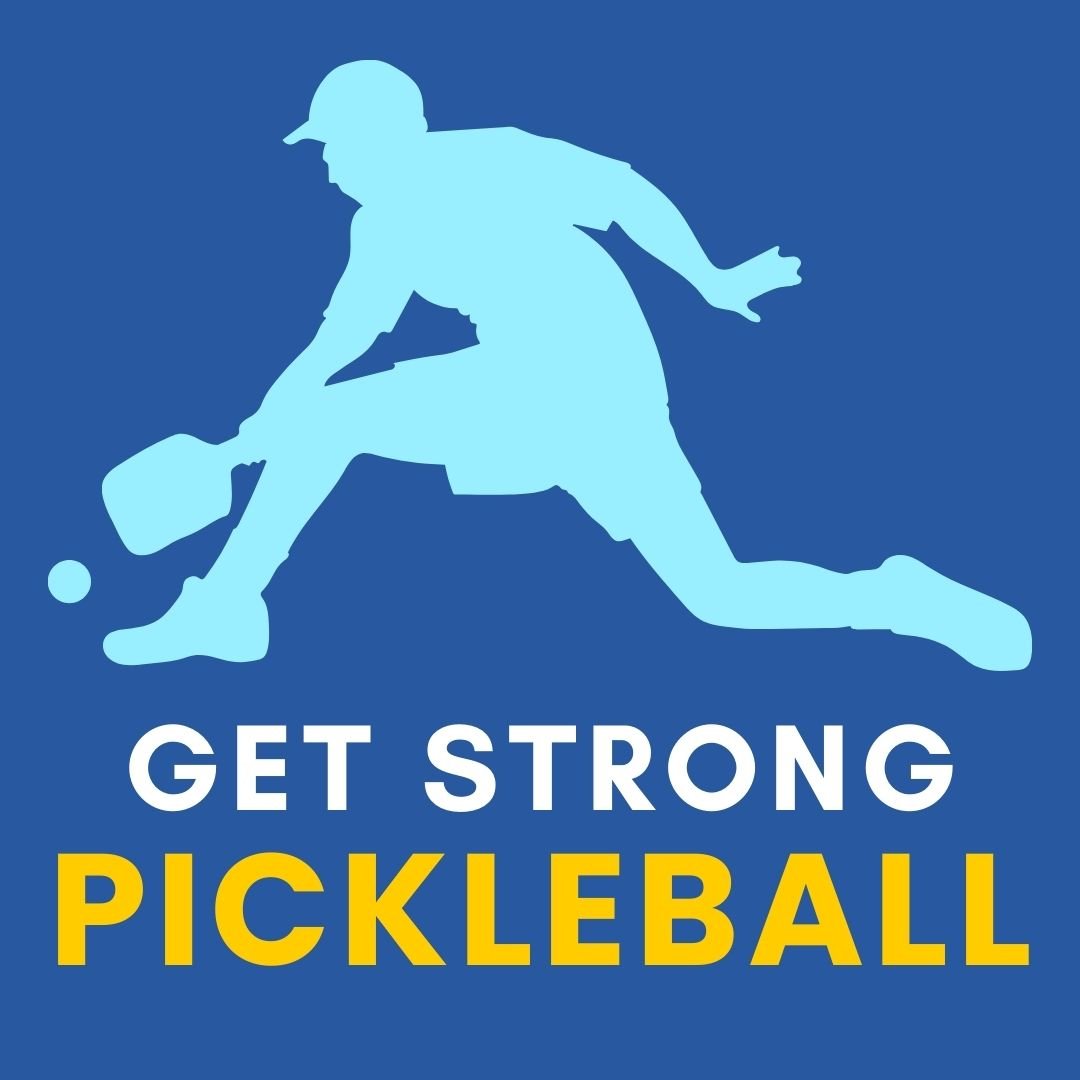Be Unstoppable: Say Goodbye to Tennis Elbow

If you’re an active adult who enjoys playing pickleball, you may have experienced the discomfort of pickleball tennis elbow at some point. This common condition, also known as lateral epicondylitis, can be painful and frustrating. Fortunately, there are effective physical therapy techniques that can help you battle pickleball tennis elbow and get back to enjoying your favorite sport pain-free.
Understanding the basics
Pickleball tennis elbow, scientifically known as lateral epicondylitis, is a condition that emerges from the inflammation of tendons around the elbow, primarily due to overuse or repetitive strain. This scenario is quite familiar among enthusiasts of sports that involve recurrent arm movements, pickleball being a prime example. The hallmark symptom of this ailment is a discomfort that originates on the outer elbow, potentially extending down the forearm, signaling that the involved tendons are under distress.
The mechanics behind pickleball tennis elbow lie in the repetitive motions and the stress they place on the arm’s musculature, particularly the area where the muscles of the forearm attach to the outer elbow. These actions, over time, can lead to microtears in the tendon, invoking an inflammatory response. This inflammation is the body’s attempt to heal, but it can lead to pain and discomfort, hindering one’s ability to engage in activities they enjoy, such as pickleball.
Understanding the underpinnings of pickleball tennis elbow is crucial for active adults who wish to continue enjoying their sport without discomfort. Recognizing the signs and taking proactive measures can aid in mitigating the impact of this condition, ensuring a swift return to the court with confidence and strength.
Identifying the early signs on tennis elbow
Recognizing the onset of pickleball tennis elbow is key to managing and mitigating its impact. Initial indicators can be subtle, beginning with a dull ache or tenderness on the outer elbow, which might not seem alarming at first. However, as the condition progresses, this discomfort can escalate to a sharp pain, particularly when lifting objects, turning a doorknob, or extending your arm. A notable weakening in grip strength is another early sign; you may find holding onto your pickleball paddle becomes unexpectedly challenging, impacting your game and daily activities. Difficulty in executing movements that require forearm and wrist coordination, such as shaking hands or typing, can also signal the advent of this condition. These symptoms are your body’s way of signaling that the tendons around your elbow are strained and need attention. By tuning into these early signs and taking proactive steps, you can address pickleball tennis elbow effectively before it progresses to a more debilitating stage.
The role of physical therapy in healing tennis elbow
In navigating the path to recovery from pickleball tennis elbow, physical therapy stands as a beacon of hope. At the heart of this healing journey is the tailored approach a physical therapist employs. They begin with a thorough assessment, diving deep into the nuances of your condition to forge a strategy that resonates with your unique physicality and aspirations.
This personalized blueprint encompasses a variety of exercises meticulously designed to fortify the muscles surrounding the elbow. The aim here is twofold: enhance flexibility to prevent future injuries and bolster strength to mitigate the present discomfort. As your muscles grow stronger and more pliable, the grip of pain and inflammation begins to loosen, allowing you to grasp not just your pickleball paddle but the essence of pain-free movement once more.
Embracing physical therapy is akin to charting a course towards not just recovery but a realm where the joy of pickleball and the richness of an active lifestyle can be fully experienced once again.

preventative strategies for avoiding tennis elbow
Embarking on a journey to sidestep the tribulations of pickleball-related tennis elbow begins with preemptive and strategic actions. The cornerstone of prevention lies in the adoption of a comprehensive warm-up routine, designed not merely as a precursor to gameplay but as a foundational practice to prepare the body’s musculature for the demands of pickleball. This involves not only general cardiovascular exercises to elevate the heart rate but also targeted dynamic movements that specifically enhance the elasticity and readiness of the forearm and elbow tendons.
Equally vital is the mastery of technique. Proper form and paddle handling are not just elements of competitive proficiency but are protective measures against the overloading of tendons. In this light, the equipment you choose acts as an extension of this preventive philosophy. Opting for paddles that complement your physical strengths and mitigate undue strain on your elbow can be as critical as the technique itself.
Regular intervals of rest woven into your play regimen underscore the importance of allowing the body to recuperate. These pauses serve as checkpoints, offering moments to assess and respond to any early signs of strain, thereby averting the progression to full-blown pickleball tennis elbow.
Moreover, integrating forearm, wrist, and shoulder strengthening and flexibility exercises into your daily routine stands as a bulwark against injury. These exercises, carefully selected for their efficacy, fortify the tendons and muscles, equipping them with the resilience needed to withstand the repetitive impacts inherent to pickleball.
When to seek professional help
Acknowledging the need for professional intervention is a pivotal moment in your journey toward recovery from pickleball tennis elbow. When the discomfort in your elbow becomes a stubborn companion, refusing to dissipate despite rest and home remedies, it’s a clear signal that your body is seeking expert care. A weakening grip that compromises your daily functionality or a persistent ache that challenges your endurance both on and off the court underscores the necessity of professional insight. Engaging with our Doctor of Physical Therapist at this juncture will offer you not just relief, but a strategic ally in your quest to reclaim the joy of an active lifestyle free from pain. They will bring a depth of understanding and a suite of therapeutic techniques tailored to address the nuances of your condition. Please schedule with our Doctor of Physical Therapy for specialized support to navigate the path to healing with precision and confidence.
Author: Erin Hahn PT, DPT


